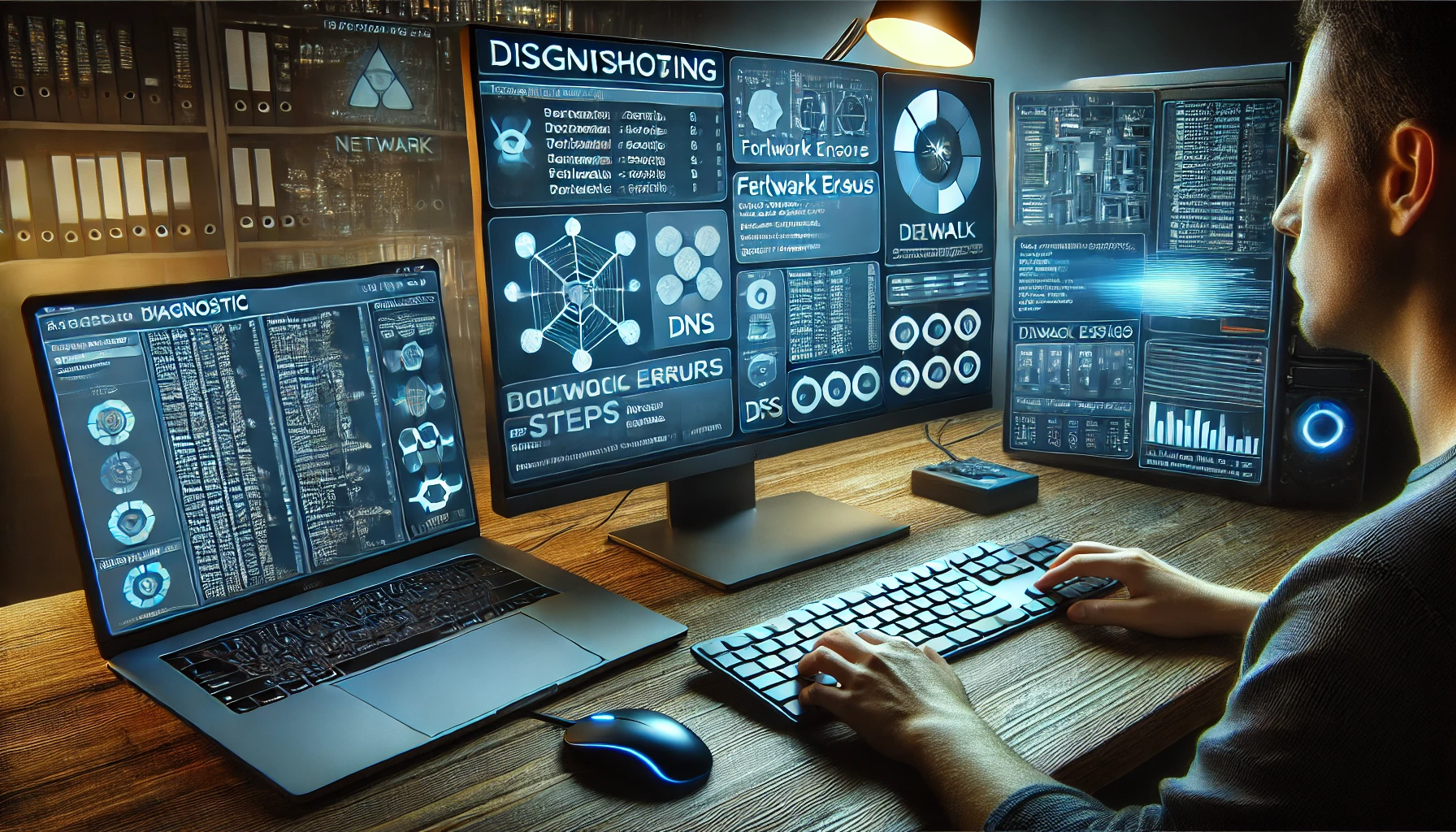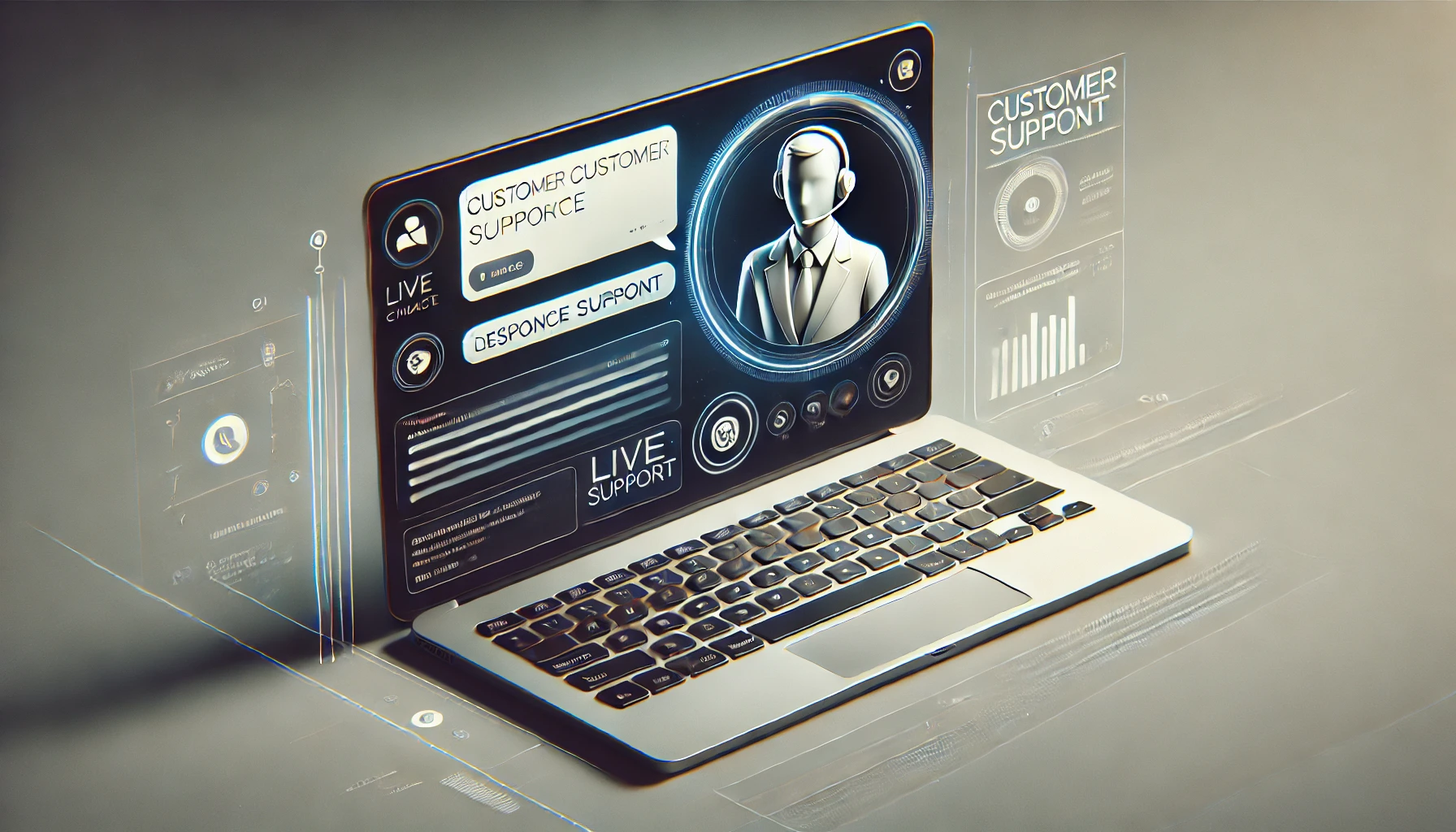Modeling enthusiasts and history buffs alike find joy in the detailed world of 1/35 scale WWIII U.S. Army figures. These miniature representations bring history to life, offering a chance to recreate pivotal moments of World War II with precision and artistry. Whether you’re a beginner or an experienced hobbyist, this guide will provide you with everything you need to know, from choosing the right kits to advanced customization techniques.
Understanding the Popularity of 1/35 Scale Models
What Makes the 1/35 Scale Unique?
The 1/35 scale is a widely favored choice among modelers due to its perfect balance between detail and manageable size. Each figure, roughly 2 inches tall, allows for intricate detailing of uniforms, facial features, and equipment while remaining compact enough for diorama settings. This scale is ideal for creating realistic historical scenes and is especially popular in World War II modeling.
The Historical Appeal of WWII U.S. Army Figures
World War II remains a captivating period for modelers, with the U.S. Army playing a pivotal role in defining the outcome of the conflict. From the beaches of Normandy to the Pacific islands, the diversity of campaigns provides a wide range of creative opportunities for diorama creation.
Top Manufacturers and Recommended Kits
Tamiya: A Leader in Plastic Models
Tamiya is synonymous with quality and offers several iconic kits, such as the U.S. Infantry European Theater. Known for their precision molding and ease of assembly, Tamiya kits are a favorite among beginners and experts.
MiniArt: Creative and Unique Poses
MiniArt specializes in creating figures with dynamic and relaxed poses, such as their U.S. Soldiers at Rest set. These figures are ideal for dioramas depicting non-combat scenarios, adding depth and realism to any project.
Master Box: Historical Accuracy Meets Creativity
Master Box kits, like the U.S. Infantry July 1944, focus on capturing the essence of specific historical moments. Their figures often feature unique action poses, perfect for creating dramatic scenes.
Alpine Miniatures: Premium Resin Figures
For modelers seeking the highest level of detail, Alpine Miniatures offers resin figures like the U.S. Infantry 2nd ID Set. These premium kits are ideal for collectors and those willing to invest extra time in painting and assembly.
Step-by-Step Guide to Creating Stunning Models
1. Preparing Your Figures
Before assembly, ensure that all parts are clean and free from molding lines. Use fine-grit sandpaper or a hobby knife to smooth out imperfections. Washing the parts with soapy water removes mold release agents, ensuring better paint adhesion.
2. Assembly Tips
- Use plastic cement for plastic kits and super glue for resin figures.
- Assemble in stages to allow easy access for painting detailed areas.
- Test fit parts before gluing to ensure proper alignment.
3. Painting for Realism
Achieving realistic finishes requires patience and the right techniques. Start with a primer to ensure even paint application. Use acrylic paints for base colors and apply shading with washes or dry brushing to highlight details like folds in uniforms and facial contours.
| Paint Type | Recommended Use |
|---|---|
| Acrylic | Base coats and general details |
| Enamel | Weathering effects |
| Oil | Fine details and shading |
4. Weathering and Detailing
Weathering adds a layer of authenticity to your figures. Techniques like dry brushing simulate wear on clothing, while pigments can create the appearance of dirt or mud. Adding fine accessories like helmets, rifles, and backpacks completes the look.
Creating Dynamic Dioramas
Dioramas bring your 1/35 scale WWII U.S. Army figures to life. Consider the following when building your scene:
- Theme and Setting: Decide on a specific battle or location, such as Normandy or the Ardennes.
- Terrain Materials: Use modeling clay, plaster, and static grass for realistic landscapes.
- Props and Vehicles: Incorporate tanks, jeeps, or sandbags to enhance the scene’s depth.
Troubleshooting Common Challenges
Assembly Issues
If parts don’t align properly, gently heat the plastic with a hairdryer to make adjustments.
Painting Errors
Mistakes happen, but they’re fixable. Let the paint dry completely before touching up errors with fine brushes.
Resources for Further Learning
- Books: “Modelling and Painting WWII Figures” by Ray Haskins.
- Forums: Join communities like Armorama or ModelWarships for tips and inspiration.
- Tutorials: YouTube channels such as “Plasmo” and “Night Shift” offer in-depth modeling guides.
FAQs About 1/35 Scale WWIII U.S. Army Figures
What materials are used for 1/35 scale figures?
Most figures are made from plastic, resin, or metal, with resin offering the highest detail.
Can I customize my figures?
Absolutely. You can modify poses, add accessories, and repaint them to match your vision.
What tools do I need for assembly and painting?
Essential tools include hobby knives, sandpaper, brushes, and paints. An airbrush is also useful for advanced work.
Where can I buy 1/35 scale WWII U.S. Army figures?
Online stores like HobbyLink Japan, Amazon, and specialized hobby shops are excellent options.
How do I ensure historical accuracy?
Reference historical photos and guides for accurate uniform colors and gear configurations.
Conclusion
Creating 1/35 scale WWII U.S. Army figures is a rewarding journey that combines artistry with historical appreciation. From selecting the right kits to mastering painting techniques, this guide has covered all the essentials to help you succeed. Dive into the world of scale modeling and bring history to life with your creations. Whether for display or competition, these miniatures will showcase your skill and passion.
Additional FAQs:
What are the best ways to store and display completed figures to prevent damage?
Proper storage includes using display cases with UV protection and keeping figures in a controlled environment to avoid dust and temperature fluctuations.
Are there any specific tools or techniques for painting camouflage patterns on uniforms?
Using fine-tipped brushes or stencils and referencing historical photos can help achieve realistic camouflage designs.
How can I repair damaged or broken parts of a model figure?
Damaged parts can often be repaired using epoxy putty for reconstruction or carefully gluing broken pieces with cyanoacrylate adhesive.
What is the best way to photograph 1/35 scale WWII figures for showcasing?
Use a macro lens or camera settings optimized for close-ups, along with proper lighting and a neutral background, to highlight details.
Can 1/35 scale figures be incorporated into larger projects, like model train sets or architectural displays?
Yes, they can be integrated into various modeling disciplines, but ensure scale compatibility and appropriate scenery adjustments.

Recommended Articles:
Guide to 230911-7211-1 Sierra Carburetor Kit – Benefits, Installation, and Maintenance
The Ultimate Guide to HAYEAR HD Camera HDMI x000wcnd8x
Hello Dolly Spectrum Prasentiert Louise Martiini – Everything You Should Know
Z Supply: Easy Going Cotton Slub Dress – Your Ultimate Style Guide





